Reportar esta entrada
Más sobre la misma comunidad-colección
Alfred y Annie Kleyhauer con Maderistas, 11 de mayo de 1911
On the day after the Battle of Ciudad Juarez, May 11, 1911, ...
Alfred Kleyhauer con Maderista, 11 de mayo de 1911
On the day after the Battle of Ciudad Juarez, May 11, 1911, my ...
Kleyhauers y amistades junto a la cárcel de Juarez, 11 de mayo de 1911
On the day after the Battle of Ciudad Juarez, May 11, 1911, my ...
Annie Kleyhauer con hembra maderista, 11 de mayo de 1911
On the day after the Battle of Ciudad Juarez, May 11, 1911, my ...
Niño con dos combatientes rebeldes, 11 de mayo de 1911
On the day after the Battle of Ciudad Juarez, May 11, 1911, my ...
Mujer y hombre maderistas posando en Juarez el 11 de mayo de 1911
On the day after the Battle of Ciudad Juarez, May 11, 1911, my ...
Maderistas haciendo payasadas para el fotógrafo, 11 de mayo de 1911
This is one of my favorites--a group of Maderistas clowning ...
Grupo de maderistas, 11 de mayo de 1911 en Juarez
This is a group of Maderistas posing for my grandfather to take ...
Edificio en Juarez con agujeros de balas, 11 de mayo de 1911
Building unidentified. On the day after the Battle of Ciudad ...
Iglesia en Juarez con agujeros de bala después de la Batalla, 11 de mayo de 1911
Church unidentified. On the day after the Battle of Ciudad ...
Maderista montado en un caballo, Juarez, 11 de mayo de 1911
On the day after the Battle of Ciudad Juarez, May 11, 1911, my ...
Maderista sobre una torre de agua en Juarez, 11 de mayo de 1911
On the day after the Battle of Ciudad Juarez, May 11, 1911, my ...
Maderistas trepando en una iglesia, 11 de mayo de 1911
Church/Building unidentified. On the day after the Battle of ...
Dos maderista en Juarez, 11 de mayo de 1911
On the day after the Battle of Ciudad Juarez, May 11, 1911, my ...
Mujer maderista a caballo, 11 de mayo de 1911
On the day after the Battle of Ciudad Juarez, May 11, 1911, my ...
Mujeres y hombres maderistas con cañon, 11 de mayo de 1911
On the day after the Battle of Ciudad Juarez, May 11, 1911, my ...
General Pascual Orozco, 1911 - Foto de la semana
General Orozco, photo taken by my grandfather. On the day after ...
Alfred Kleyhauer en un edificio de Juarez dañado durante la batalla
Many buildings were damaged by gunfire and artillery during the ...
Inauguración del Cine Plaza en Cd. Juárez-1948
Ignacio Angulo, City Administrator, acting as master of ...
Celebrando la independencia de México-1949
Juarez Mayor, some of his cabinet members and their wifes and ...
Pope Francis Visit to City of Juarez, Mexico - 2016
Pope Francis says a prayer for a young child that ran up to his ...







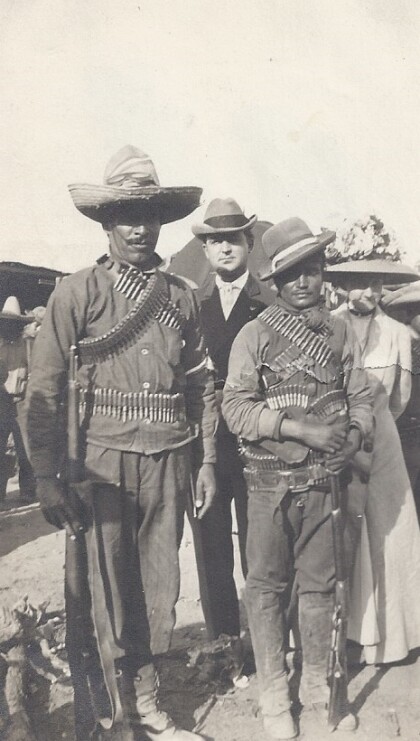
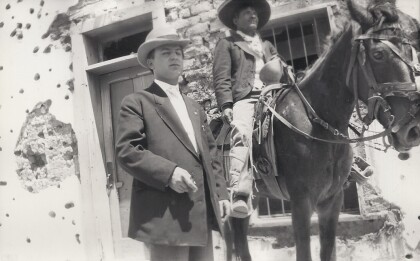
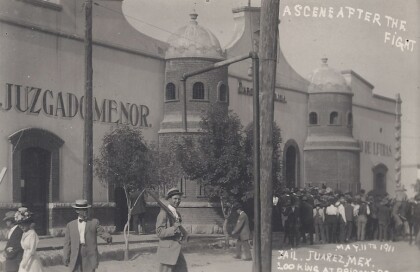
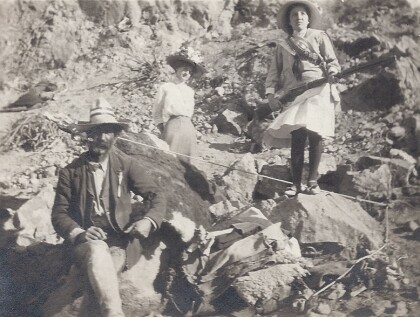
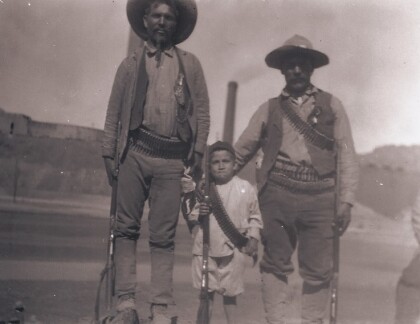
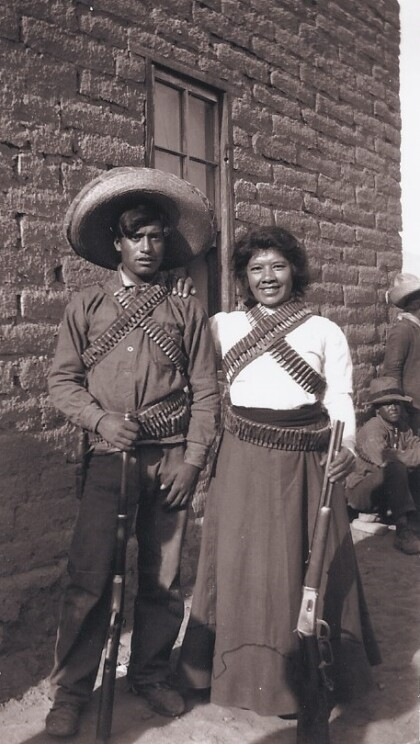
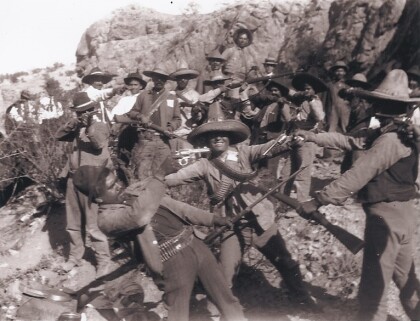
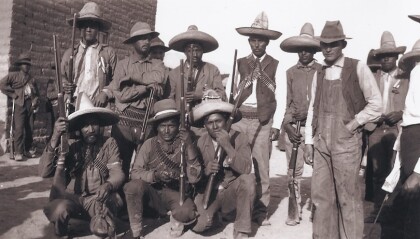
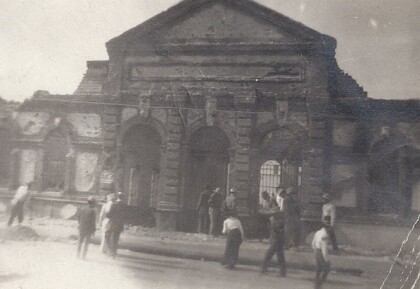
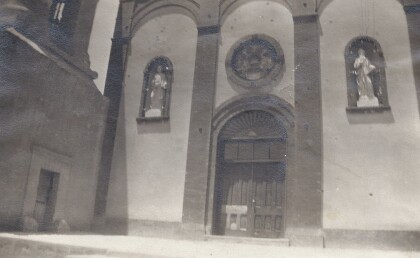
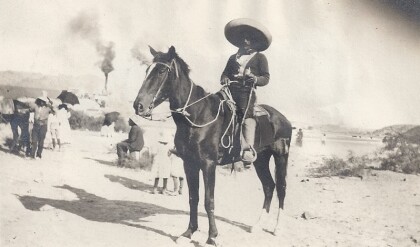
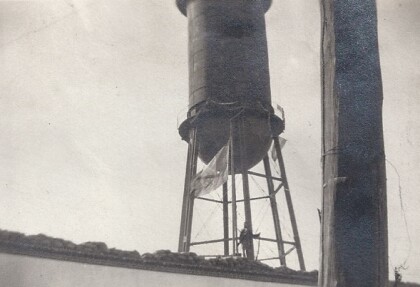
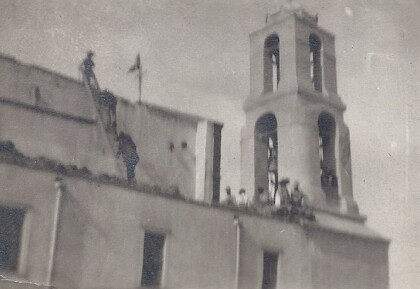
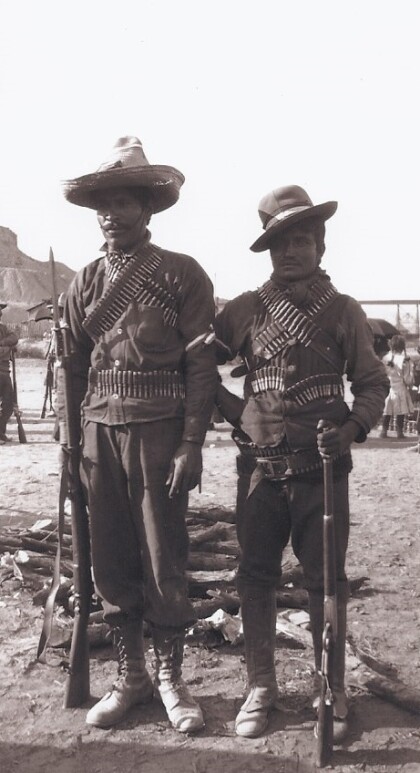
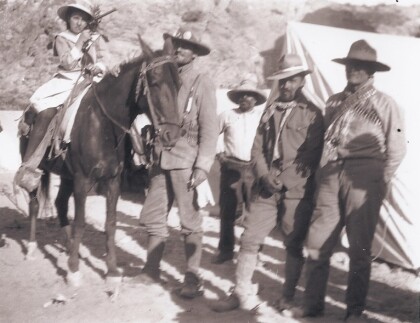
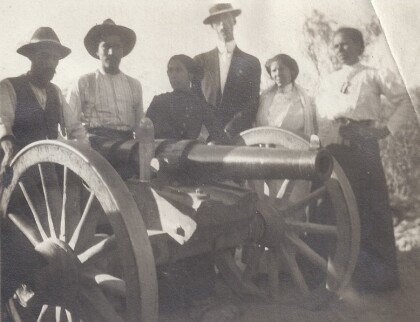
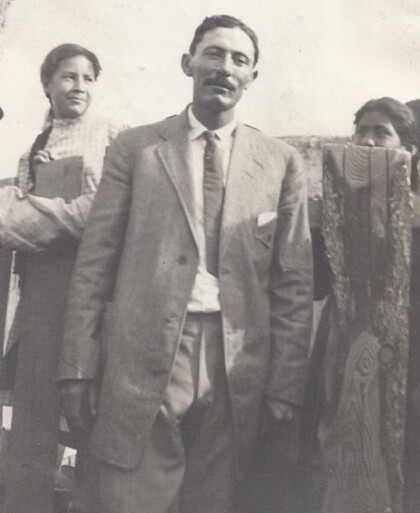
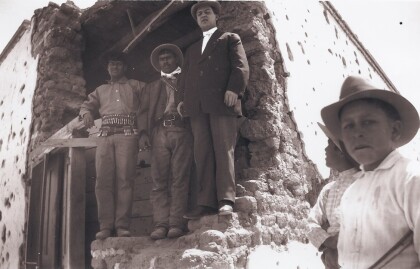
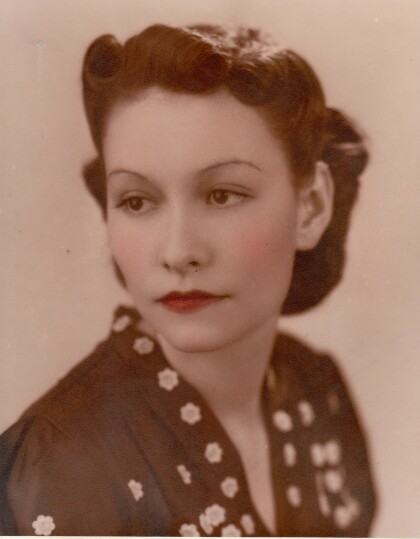
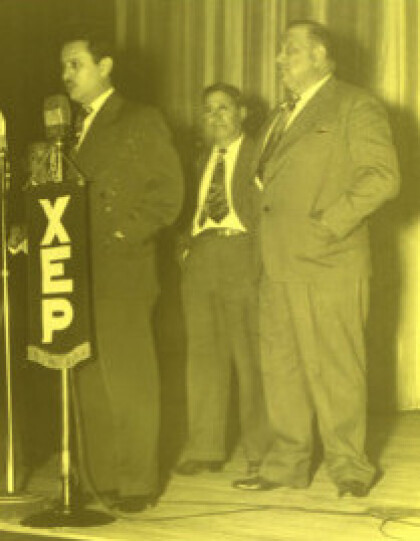
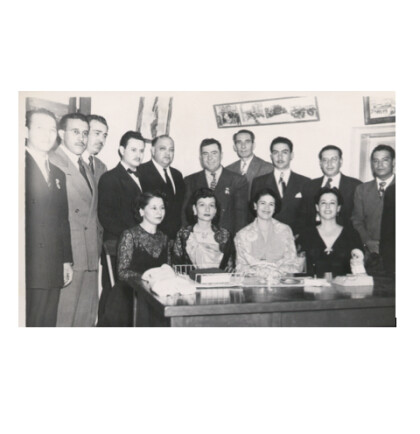
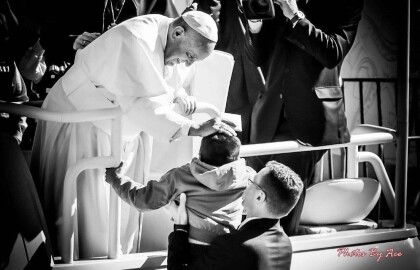
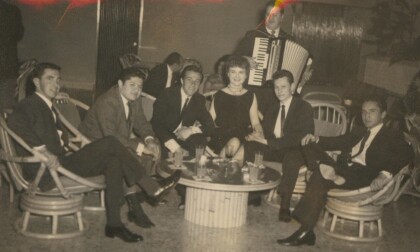
Comentarios
Hacer un comentario